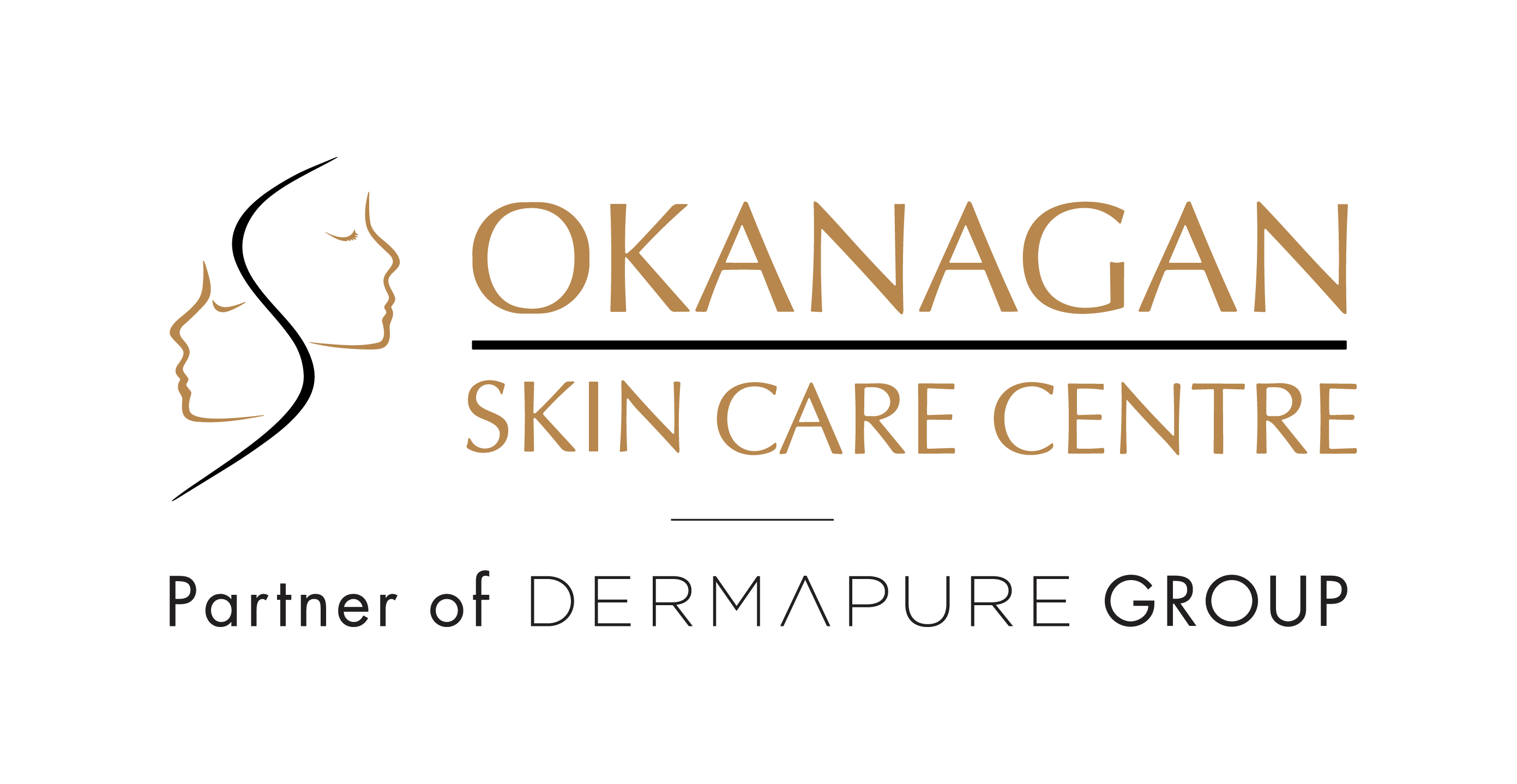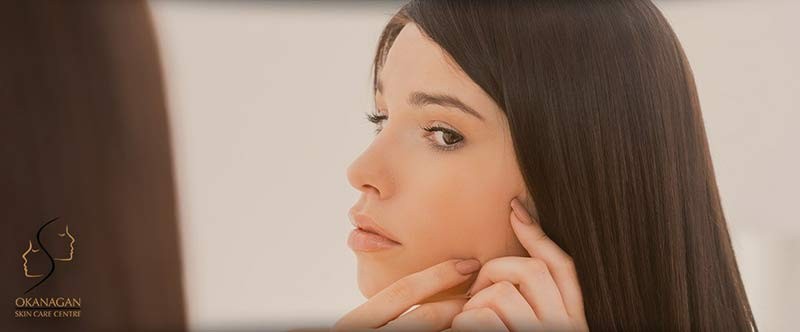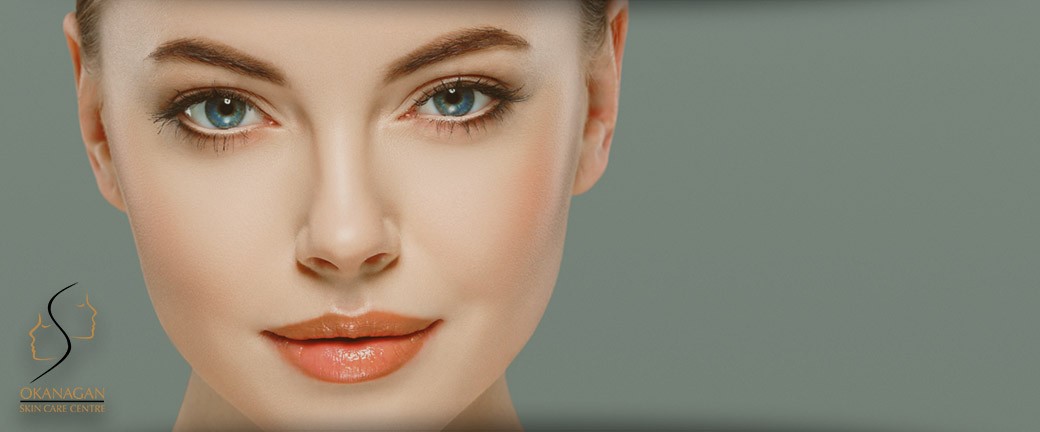Actinic Keratosis
Actinic Keratosis (also known as solar keratosis) is a common pre-cancerous skin condition caused by exposure to ultraviolet light. Today, 60% of all Canadians over the age of 40 have at least one actinic keratosis lesion.
Risk Factors
- Chronic exposure to ultraviolet light (including the sun and tanning beds.)
- Having pale skin, red or blond hair, and blue or light-colored eyes
- If you sunburn easily
- Being over the age of 45
- Having a personal history of an actinic keratosis or skin cancer
- Having a weak immune system as a result of chemotherapy, chronic leukemia, AIDS or organ transplant medications
Because Actinic Keratosis is considered to be a pre-cancerous skin condition, it is extremely important to seek diagnosis and treatment as soon as possible.
Actinic keratosis lesions are found primarily on areas of your body which are constantly exposed to the sun including your face, lips, ears, neck and the back of your hands.
Signs & Symptoms
- A rough or scaly patch of skin which is usually less than 1 inch in diameter.
- Slightly raised bump on your skin
- Itching or burning of the skin
- Discoloration of your skin (pink, red, brown patches)
If treated early, almost all actinic keratoses can be prevented from developing into skin cancer. However, ignored, these spots can progress to squamous cell carcinoma, a type of cancer. If you are experiencing any new skin changes, one of our specialists can diagnose and develop a treatment plan to help restore your health and happiness.
Although actinic keratosis is considered a precancerous skin condition, it is extremely treatable and at Okanagan Skin Care Centre, we provide two types of technologically advanced treatments that can have drastic positive effects on your skin.
Browse Actinic Keratosis Before/After Photos
Blu-U & Levulan
This treatment uses a two step process in eliminating sun damaged spots combining Levulan (aminolevulinic acid) with Blue Light Photodynamic Therapy.
- Step 1 - Levulan is gently dabbed onto the affected surface 1-4 hour hours before activation with the Blu-U.
- Step 2 - This is followed by a 15 minute session with the non-invasive, effective Blu-U light therapy which penetrates deep into the skin to destroy the cause of the skin problem.
- Within 8 weeks of the treatment, all of the sun damaged spots will be eliminated.
Fraxel 1927
Fraxel 1927 is fast becoming the go-to treatment for Actinic Keratosis due to its safe, predictable results. It is a non-invasive, non-ablative laser therapy which targets sun-damaged skin and promotes very rapid healing. Fraxel 1927 laser treatment penetrates deep into your skin to stimulate the growth of new, healthy skin cells from the inside out.
At Okanagan Skin Care Centre, we are highly invested in our patients’ health and overall well-being. We promise a quick and correct initial diagnosis, minimal wait times and advanced treatment options which provide safe and satisfying results.
To book a consultation with one of our skin care specialists today or to learn more about our Actinic Keratosis treatment options, call us at 250.868.9290 or book your consultation today!
Actinic Keratosis FAQ
How does Blu-U & Levulan treatment work?
This treatment is a two step process which targets sun damaged spots and actinic keratoses. Aminolevulinic acid is used in combination with Blu-U Blue Light Photodynamic Therapy to destroy lesions which could pose more serious problems if not treated.
Is Actinic Keratosis treatment painful?
You may experience some mild burning with the aminolevulinic acid is applied to your skin, but other than that, the treatment is relatively painless. Minor discomfort or redness is usually experienced after the procedure.
What should I do to prepare for my treatment?
Before your treatment, be sure to keep your skin protected from overexposure to the sun and maintain cleanliness of affected area prior to treatment.
What results can I expect after the treatment?
After the treatment, it is normal to experience minor itching, redness and slight burning. However, these side effects will disappear in a couple of days as long as proper post-procedure care is taken. This includes:
- Staying out of the sun and bright light for 24 hours.
- Taking extreme care when washing your skin.
- Apply sunblock with an SPF of at least 30 for 7-10 days after your treatment.




.png)
